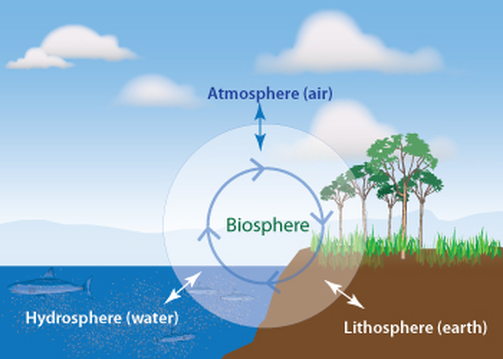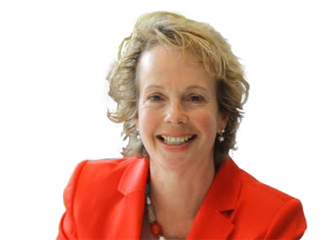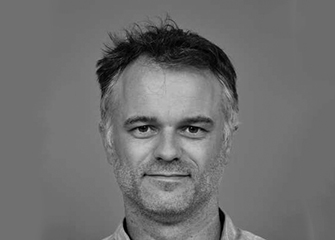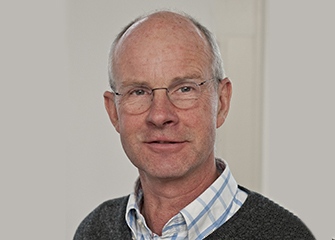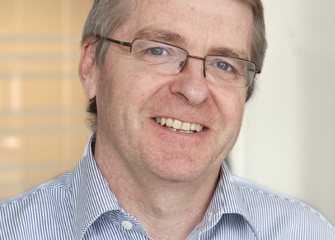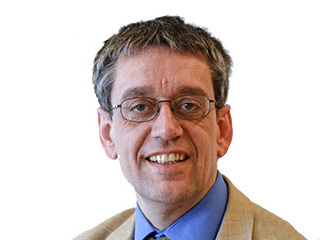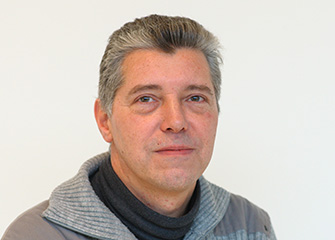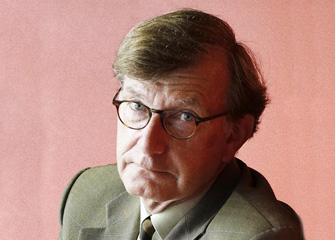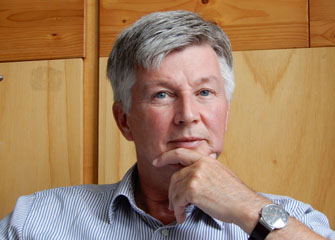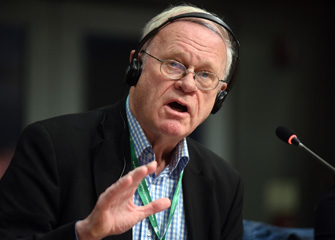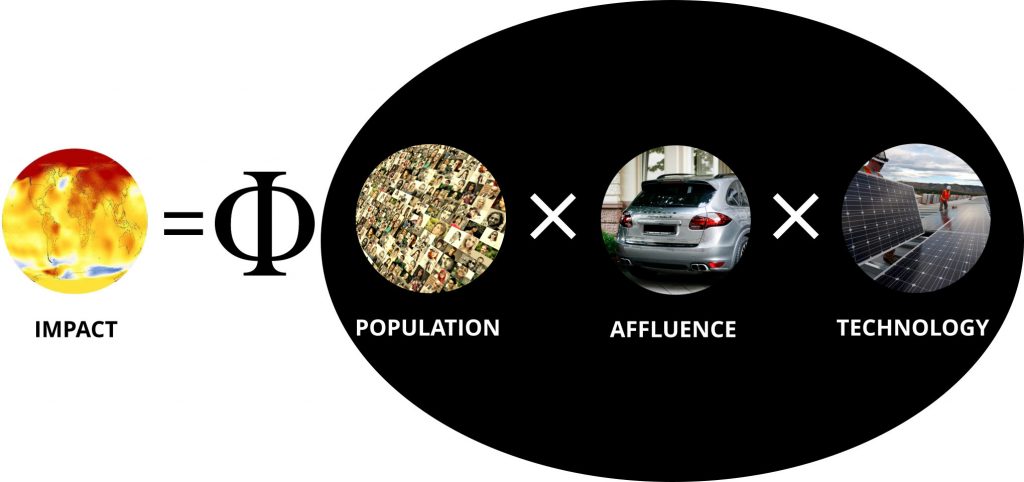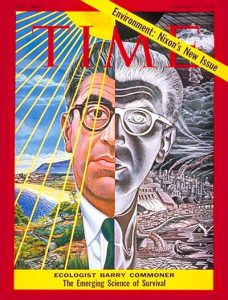NEW: Video recordings of the presentations are now available
Please stay tuned while we are further processing the outcome

Suicide or Survival ?
The State of the Earth
Diagnosis and prognosis towards an effective therapy
Have humans begun to dig their own grave? Ecosystems vital to sustain life are depleted and altered, the climate is changing rapidly and the earth is increasingly signaling SOS in the form of rising temperatures – the planet has fever! – droughts, sea level rise, loss of fertile land , loss of fauna and flora both on land and in the oceans. – The 6th mass extinction is underway and the insects, vital for the web of life, are suddenly disappearing in large numbers.
A thorough diagnosis of what is going on and a well-considered prognosis of where it is going to – essential to come to an effective therapy of patient Earth. – have been given by top scientists at the SOS Symposium on 18 and 19 April at the National Educational Museum, the MUSEON, in The Hague, Netherlands.
They– the “internists” – have given their analysis of the situation now and in the future, giving guidance to those working in politics, policy, law, education, engineering, industry, agriculture and business – the “surgeons” – and to us all as consumers, citizens, parents and students on what to do in practice.
The symposium has given the scientific contours of a roadmap to protect and restore the health of the planet, also from a security perspective to provide peace and stability for the long-term.
A video registration of the Symposium is available here.
The organisers of the symposium will now start providing overall reporting and summaries of the presentations and discussions, to be shared with the relevant national and international audiences. We will be updating our website in the coming weeks accordingly. So stay tuned and we will inform you when new publications become available.
We do so with great appreciation and thankfulness for everyone who has contributed to the symposium.
If you feel you want to support us we would like you to consider to make a donation.
DIAGNOSIS & PROGNOSIS
Where are we and where are we going to?
The general framework in which these questions will be answered is that of the earth consisting of four subsystems: air, water, land and living things. In more scientific terms: the atmosphere, the hydrosphere, the lithosphere and the biosphere.
They are visualized in the image below.
Interaction of the spheres
It is important to realize that these four spheres interact with each other:
For example, the CO2-emissions in the atmosphere are to a large extent absorbed by the oceans (hydrosphere), where it leads to acidification which affects the food chain (biosphere) in the sea waters, and because the warming effect of these emissions causes sea levels to rise there is loss and salination of land (lithosphere).
A powerful view on this interaction has been given by the GAIA hypothesis as proposed by James Lovelock.
Gaia Hypothesis
The Gaia Theory posits that the organic and inorganic components of Planet Earth have evolved together as a single living, self-regulating system. It suggests that this living system has automatically controlled global temperature, atmospheric content, ocean salinity, and other factors, that maintains its own habitability. In a phrase, “life maintains conditions suitable for its own survival.” In this respect, the living system of Earth can be thought of analogous to the workings of any individual organism that regulates body temperature, blood salinity, etc. So, for instance, even though the luminosity of the sun – the Earth’s heat source – has increased by about 30 percent since life began almost four billion years ago, the living system has reacted as a whole to maintain temperatures at levels suitable for life.
Speakers
The stylistic device of “SOS” is used to underline the fundamental importance of the various presentations, and to give some linguistic unity to the program.
Marie Christine van der Sman
Director MuseonJane Madgwick BSc MSc
CEO Wetlands InternationalProf. Dr. Rik Leemans
Wageningen University & ResearchDr. Maarten van Aalst
Red Cross / Red Crescent Climate CentreProf. Dr. Eddy Moors
IHE DelftDr. Lennart De Nooijer
Royal Netherlands Institute for Sea Research (NIOZ)Prof. Dr. Dano Roelvink
IHE DelftProf. Dr. Kenneth Irvine
IHE DelftProf. Dr. Violette Geissen
Wageningen UniversityProf. Dr. Eberhard Gill
TU Delft Space InstituteDr. Christine Breitenmoser-Würsten
Co-Chair IUCN / SSC Cat Specalist GroupProf. Dr. René Boot
Tropenbos InternationalDr. Robbert van Treuren
Wageningen University & ResearchProf. Dr. Klaas van Egmond
Utrecht UniversityJohan van de Gronden
Philosopher & Chairman IUCN NetherlandsJan Paul van Soest
Author of "The Doubt Brigade" on climate science, misinformation and denialWouter Veening
President, Institute for Environmental Security
TOWARDS A THERAPY
What to do?
The speakers will also identify the major factors affecting the situation and developments in their sphere and give their views, in general, on where positive action should be stimulated and where negative trends should be stopped.
Within the format of the symposium this cannot be done in detail – this is for the practitioners in politics, policy formulation and implementation, education, engineering, business, finance and for us as citizens, consumers and parents in our daily lives.
The diagnosis and prognosis of the symposium will help to give focus and structure to the work in practice.
As proposed by the famous ecologist Barry Commoner, there are three key factors that determine the IMPACT of mankind on the ecology of the earth:
-
The size of the POPULATION
-
What people do to sustain themselves: their AFFLUENCE or lack of it, and
-
How they do it: their TECHNOLOGY
Building on and visualizing the formula in which Commoner summarizes the above:
PHI (Φ) stands for the processes by which the emissions of human activities lead to actual impacts on the four spheres and, again following Barry Commoner, these processes are governed by his four laws of ecology:
- Everything Is Connected to Everything Else. This law highlights the interconnectedness of the entire ecosphere. Interconnectedness in nature exists among living organisms, between populations, species and their surroundings. In order to properly assess the state of the Earth, it is therefore vital to keep in mind this interconnectedness in the system.
- Everything Must go Somewhere. This law translates the physical fact that matter and energy can only be transformed, not destroyed, to nature. As such, nothing in nature is wasted. The waste product of one living organism is used by other organisms to grow. An endless cycle of transformation ensures the sustainability of the system as a whole.
- Nature Knows Best. This law states that natural processes – fine-tuned over millions of years of evolution – are the most effective at creating the liveable world we live in.
- There Is No Such Thing as a Free Lunch. This law is a warning to us that for every gain we make, there is a cost. A good example is the extraction of natural resources. Put bluntly, it states that every single action we take has an impact.
Barry Commoner was honored by Time Magazine, which pictured him and his work on the front page of the edition of Feb. 2, 1970.
All interventions to remedy the ecological challenges to the earth have to consider the three factors mentioned above, and their interactions, as objects of action, taking into account the four laws of ecology. They are nothing more nor less than the way Mother Nature governs us.
Sir Francis Bacon understood this so well, when he said:

